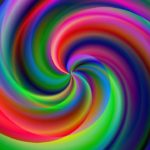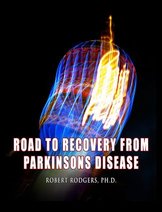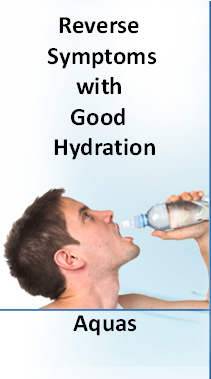
Has one of the treasured pleasures of life been lost. No longer able to smell a rose? Guess what? Olfactory training has been proven to reactivate the ability to smell.
What is Olfactory Training?
Olfactory training involved smelling distinct aromas such as rose, clove and eucalyptus several times a day for 10- 15 seconds per scent. It is recommended to take breaks between smelling the strong scents. As demonstrated in the review study below, olfactory training stimulates nerves in the nose to improve the brain’s ability to interpret and differentiate the varies aromas included in the training.
J Clin Med. 2025 Sep 18;14(18):6578. Olfactory Training for Post-COVID-19 Olfactory Dysfunction: A Meta-Analysis of Efficacy and Combination Therapies
Abstract
Background/Objectives: This systematic review and meta-analysis evaluated the effectiveness of olfactory training (OT) using standardized protocols in patients with post-COVID-19 olfactory dysfunction. The objective was to assess whether OT, compared to no treatment, placebo, or alternative therapies, improved olfactory function as measured using validated smell tests, including UPSIT, Sniffin’ Sticks (TDI score), CCCRC, and B-SIT.
Methods: A systematic search of PubMed, Web of Science, and Ovid Medline was conducted through February 2025 in accordance with PRISMA guidelines. Eight randomized controlled trials (RCTs) met the inclusion criteria. Data were extracted on study characteristics (author, year, country, design, sample size), population details (age, sex, post-COVID-19 cause), intervention type (training method, frequency, duration), comparators, outcome measures (baseline and post-intervention olfactory scores), follow-up duration, and reported adverse effects. Meta-analyses were performed using RevMan and Open Meta-Analyst.
Results: OT significantly improved the olfactory scores compared to those of the controls. The greatest improvement was observed when OT was combined with PEA-luteolin (MD = 4.62, 95% CI: 2.17-7.06, p = 0.0002), followed by EDTA (MD = 2.33, 95% CI: 0.58-4.08, p = 0.009). Corticosteroids showed a borderline benefit (MD = 1.34, 95% CI: 0.01-2.67, p = 0.05), while alpha-lipoic acid had no significant effect. Combination therapies were associated with higher recovery rates (RR = 1.65, 95% CI: 1.13-2.42, p = 0.01).
Conclusions: Olfactory training is an effective treatment for post-COVID-19 smell dysfunction.
Robert Rodgers PhD
Founder 2004
Parkinsons Recovery ®
Road to Recovery from Parkinsons Disease
https://www.parkinsonsdisease.me






Leave a Reply